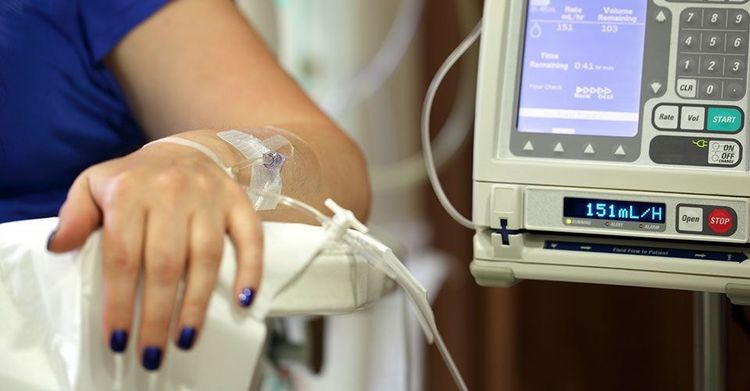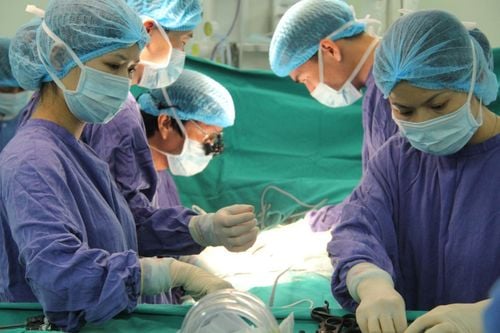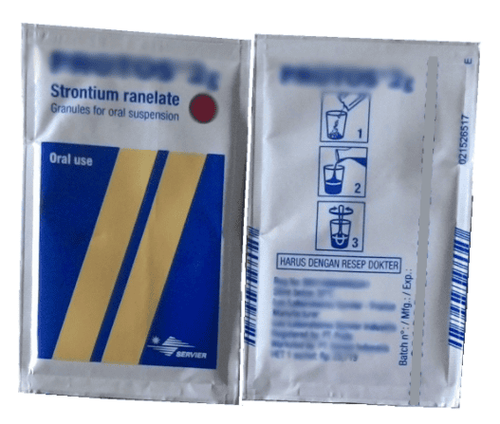This is an automatically translated article.
There is no single option that works for all men with prostate cancer. Therefore, the patient and the doctor need to work together to achieve the best results.1. Observation and surveillance of prostate cancer patients
Because prostate cancer usually grows very slowly, some men (especially those who are older or have other serious health problems) may never need treatment. Instead, their doctors may recommend active surveillance or observation. The terms active surveillance and observation mean:Active surveillance is often used to monitor people with cancer closely. Typically, patients see a doctor with a prostate-specific antigen (PSA) test about every 6 months and a digital rectal exam (DRE) at least once a year. Prostate biopsies and other imaging techniques may also be performed every 1 to 3 years. If the test results change, your doctor will recommend treatment options to try and cure the cancer. Active observation is sometimes used to describe less intensive follow-up, such as fewer tests and more reliance on changes in a patient's symptoms to decide if treatment is needed. or not. This method is usually meant to control symptoms caused by cancer, but not to cure it. Surveillance or observation is performed when:
Cancer is not causing any symptoms Expected to grow slowly (based on Gleason score) Tumor is small The cancer is confined to the prostate gland Low PSA level (<10ng/ml)
2. Prostate Cancer Surgery
Surgery is a common option to try to cure prostate cancer. This method prevents the cancer from spreading beyond the prostate gland.The main type of surgery for prostate cancer is radical prostatectomy. In this surgery, the surgeon removes the entire prostate gland plus some surrounding tissue, including the seminal vesicles.

Phẫu thuật là một lựa chọn phổ biến để cố gắng chữa ung thư tuyến tiền liệt
3. Radiation therapy
Radiation therapy uses high-energy rays or particles to kill cancer cells. Depending on the stage of prostate cancer and other factors, radiation therapy may be used:As the first-line treatment for low-grade, non-metastatic cancer. Cure rates for men with these cancers are comparable to those of men treated with radical prostatectomy. As part of the first line of treatment (along with hormone therapy) for cancers that have spread to nearby tissues. If the cancer is not completely removed or recurs in the prostate after surgery. If the cancer is advanced, it helps keep the cancer under control for as long as possible and helps prevent or relieve symptoms.
4. Cryotherapy
Cryotherapy (also called cryosurgery) uses very cold temperatures to freeze and kill prostate cancer cells as well as most of the prostate. Although it is sometimes called cryosurgery, it is not really a type of surgery.Cryotherapy is sometimes used if the cancer has come back after radiation therapy. This may be the treatment of choice for men with low-risk early-stage prostate cancer who cannot have surgery or radiation therapy. However, most doctors do not use cryotherapy as the first line of treatment for prostate cancer.
5. Hormone therapy
Hormone therapy is also known as androgen suppression therapy. The goal is to reduce the levels of androgens in the body, which prevents the prostate cancer cells from providing energy.Androgens stimulate prostate cancer cells to grow. The main androgens in the body are testosterone and dihydrotestosterone (DHT). Reducing androgen levels or preventing them from entering prostate cancer cells often causes prostate cancer to shrink or grow more slowly for a while. But hormone therapy alone does not cure prostate cancer.
6. Chemotherapy

Hóa trị là phương pháp sử dụng các loại thuốc chống ung thư được tiêm vào tĩnh mạch
Chemotherapy is sometimes used if prostate cancer has spread beyond the prostate gland and hormone therapy has not worked. Recent research has also shown that chemotherapy can be helpful if given along with hormone therapy.
7. Immunotherapy
Immunotherapy is a therapy that uses drugs to stimulate the patient's own immune system to help the body recognize and destroy cancer cells more effectively. Several types of immunotherapy can be used to treat prostate cancer.Sipuleucel-T (Provenge) is a cancer vaccine. Unlike traditional vaccines that boost the body's immune system, helping to prevent infection, this vaccine boosts the immune system to help it attack prostate cancer cells. prostate.
Vaccines are used to treat advanced prostate cancer that no longer responds to hormone therapy. This vaccine has been shown to stop prostate cancer from growing, helping men live several months longer. As with hormone therapy and chemotherapy, this type of treatment has not been shown to cure prostate cancer.

Vắc-xin Sipuleucel-T có tác dụng tăng cường hệ miễn dịch, giúp hệ miễn dịch cơ thể tấn công các tế bào ung thư
8. Treatment of prostate cancer that has spread to the bone
If prostate cancer spreads to other parts of the body, however, metastases almost always go to the bones first. Metastasis to the bone can cause pain and other problems, such as fractures, spinal cord compression, or high blood calcium levels, which can be dangerous or even life-threatening.If the cancer has metastasized, preventing or slowing the spread of the cancer to the bone is the main goal of the treatment regimen. If the cancer has gone to the bone, controlling or reducing pain and other complications is a very important part of treatment.
Treatments such as hormone therapy, chemotherapy and vaccines can be effective in these cases.
Vinmec International General Hospital with the most advanced equipment, a team of top doctors with many years of experience in the field of urology is the perfect healthcare address for you and your loved ones. To detect the possibility of prostate cancer early, you can refer to the prostate cancer intensive examination package at Vinmec hospitals and clinics nationwide.
If you have a need for consultation and examination at Hospitals under the national health system, please book an appointment on the website to be served.
References: education.webmd.com, cancer.org.
Please dial HOTLINE for more information or register for an appointment HERE. Download MyVinmec app to make appointments faster and to manage your bookings easily.













